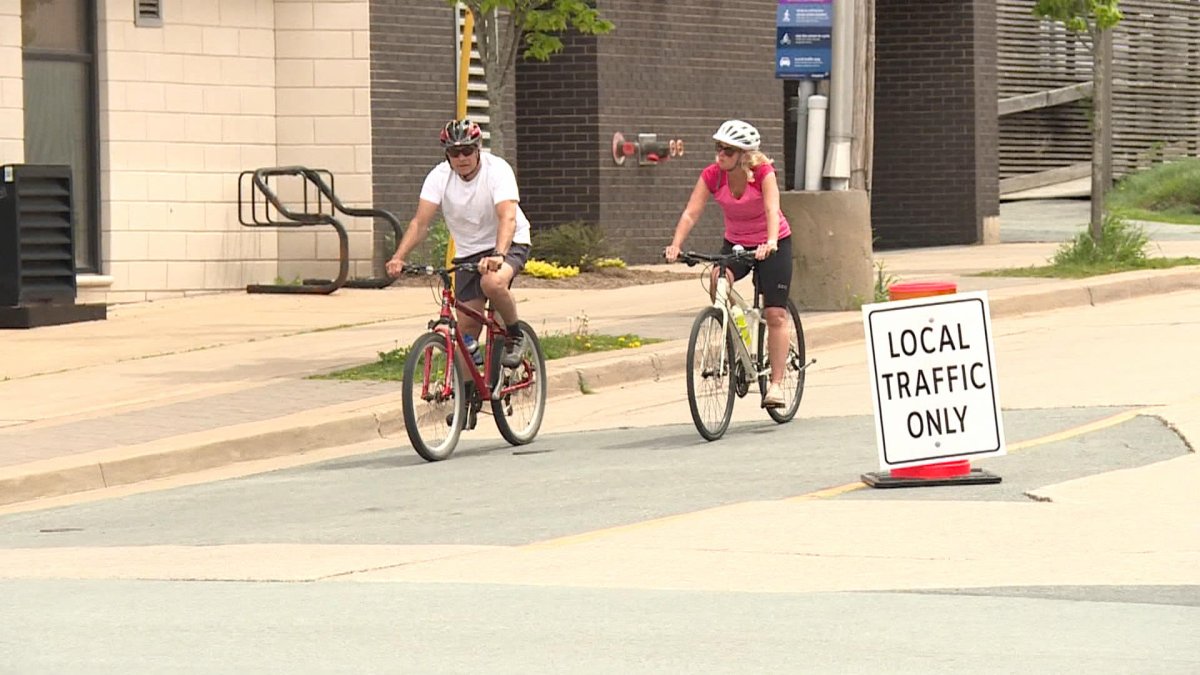Beginning Friday, eight streets in Halifax and Dartmouth will be added to the list of “slow streets” as part of Phase 2 of the Halifax Mobility Response Plan, according to HRM.

Phase 2 of the plan supports businesses planning for reopening or resuming full operations and prepares for public health restrictions if the coronavirus resurges.
“In anticipation of the further lifting of Public Health restrictions, the municipality is preparing to implement adjustments to the transportation network, as part of the collective effort to reduce the spread of COVID-19,” HRM said in a statement.
The following streets, said HRM, will be designated slow streets, which will be open to local traffic only to lessen vehicle traffic and create a space for residents to walk, roll and cycle while following physical-distancing guidelines:
Halifax:
- Maynard Street from North to Cogswell streets
- Creighton Street from North to Cogswell streets
- Fuller Terrace from Bloomfield to North streets
- Northwood Terrace from Bloomfield to North streets
- Charles Street from Windsor to Gottingen streets
Dartmouth:
- Pine Street from Thistle to Ochterloney streets
- Irishtown Road from Ochterloney to Queen streets
- Queen Street from Alderney Drive to Irishtown Road
“As public health restrictions and recommendations change throughout the recovery phases, the municipality will continue to modify adaptations to the use of its streets, sidewalks and bike lanes,” said HRM.
- Posters promoting ‘Steal From Loblaws Day’ are circulating. How did we get here?
- Canadian food banks are on the brink: ‘This is not a sustainable situation’
- Video shows Ontario police sharing Trudeau’s location with protester, investigation launched
- Solar eclipse eye damage: More than 160 cases reported in Ontario, Quebec





Comments